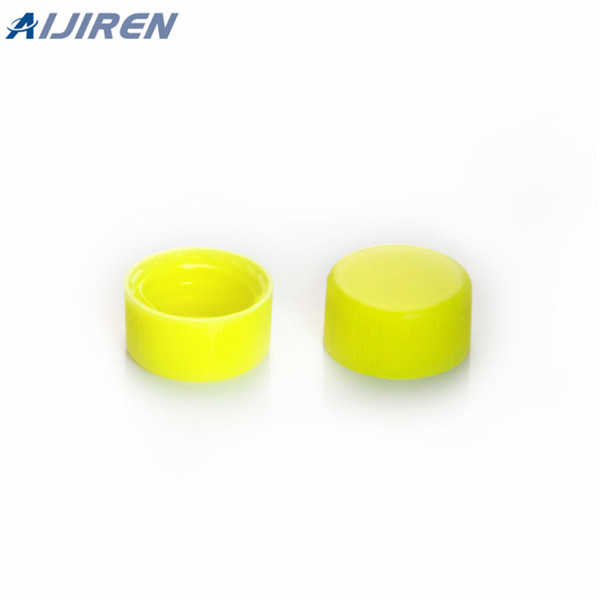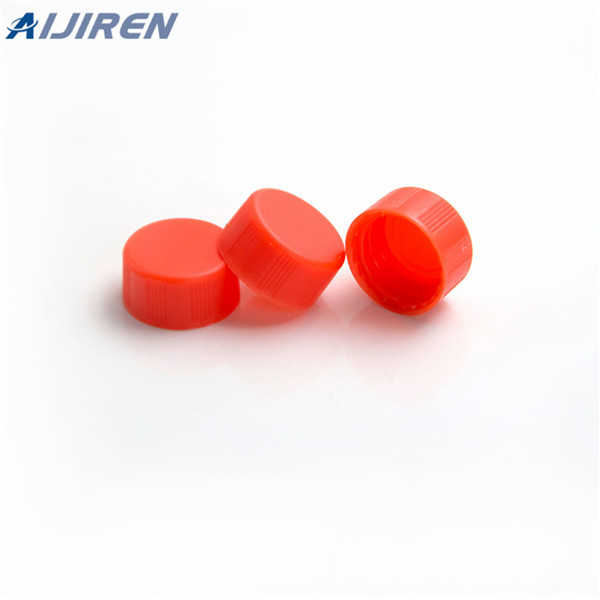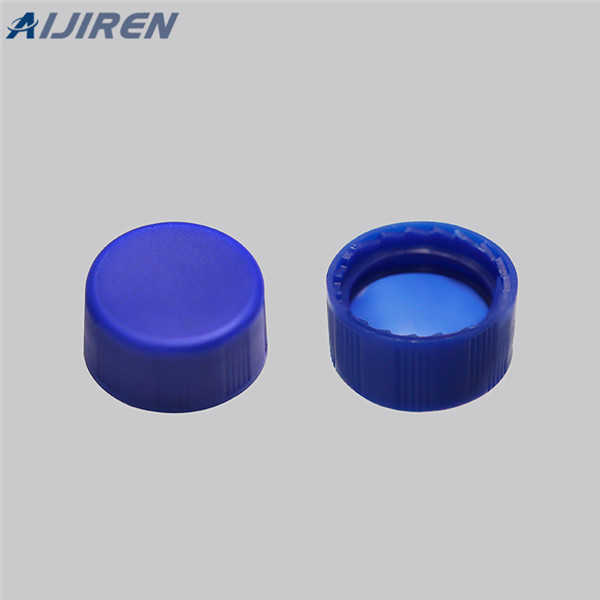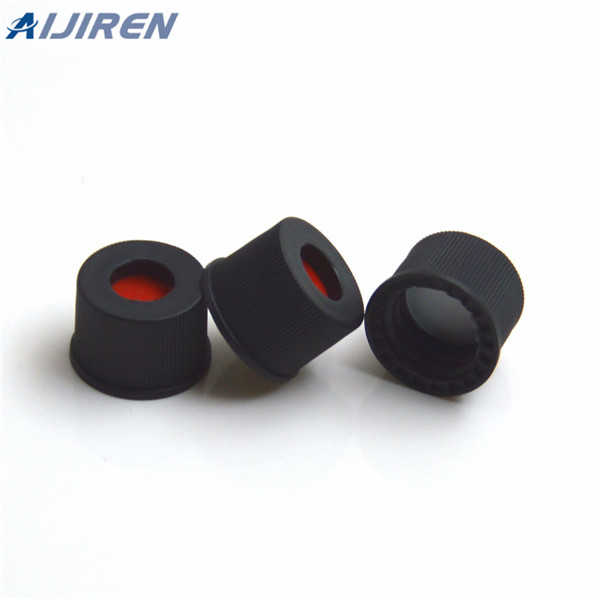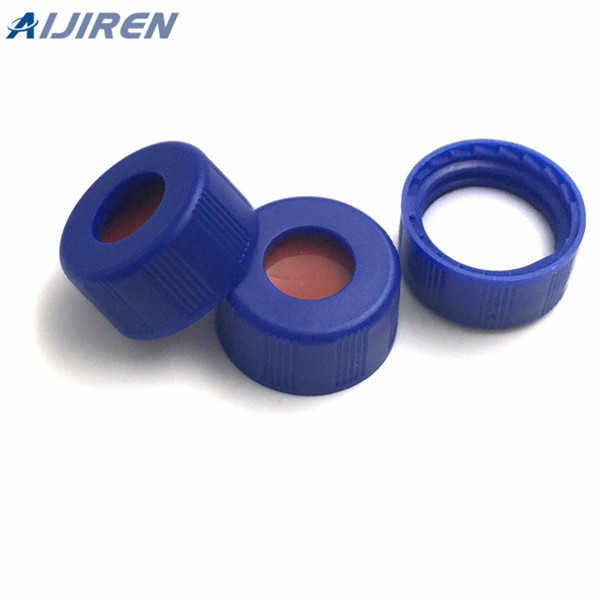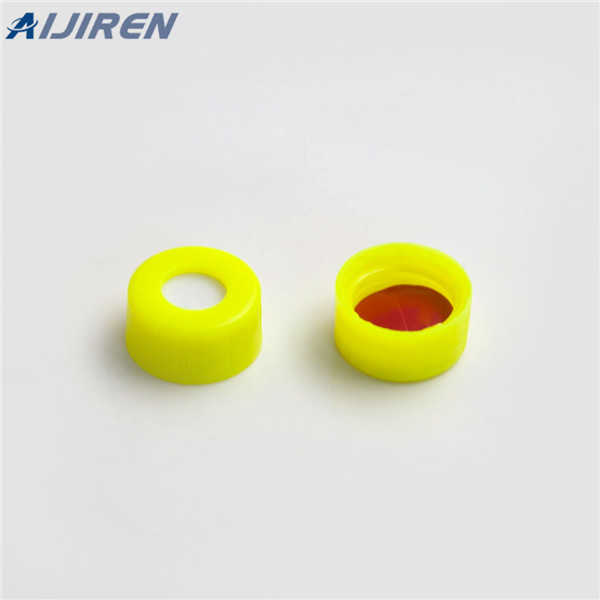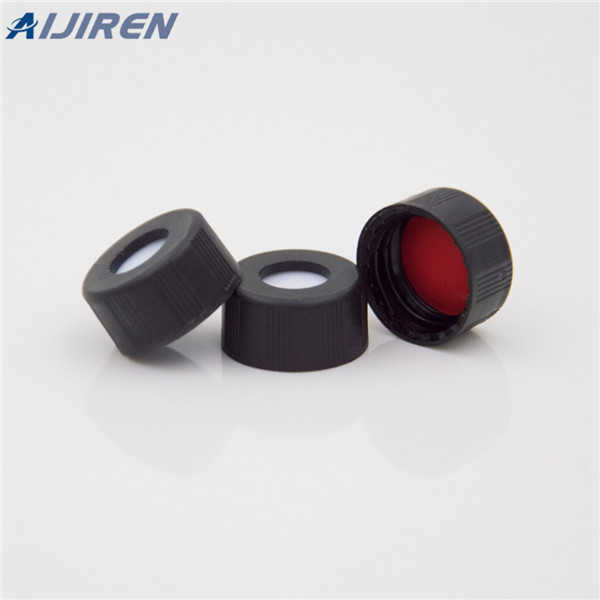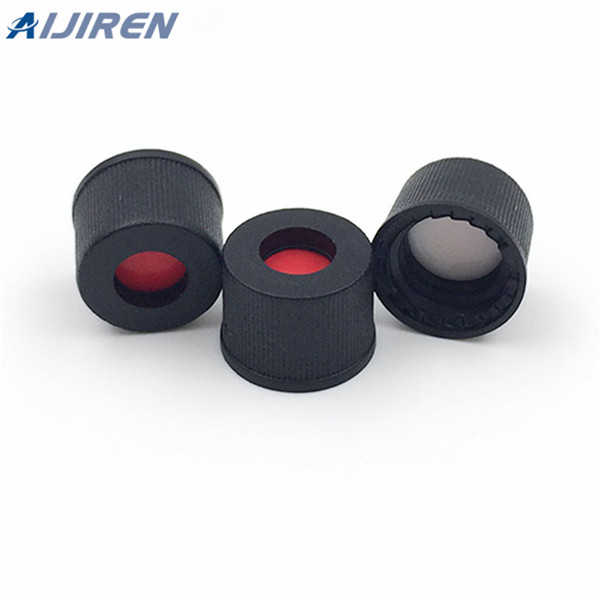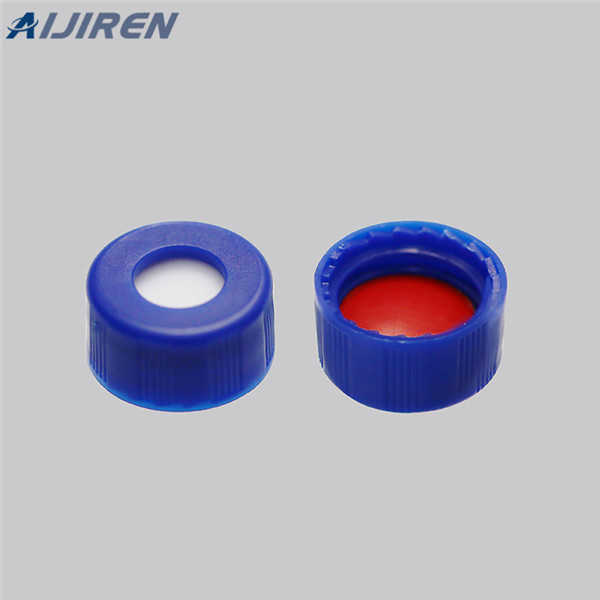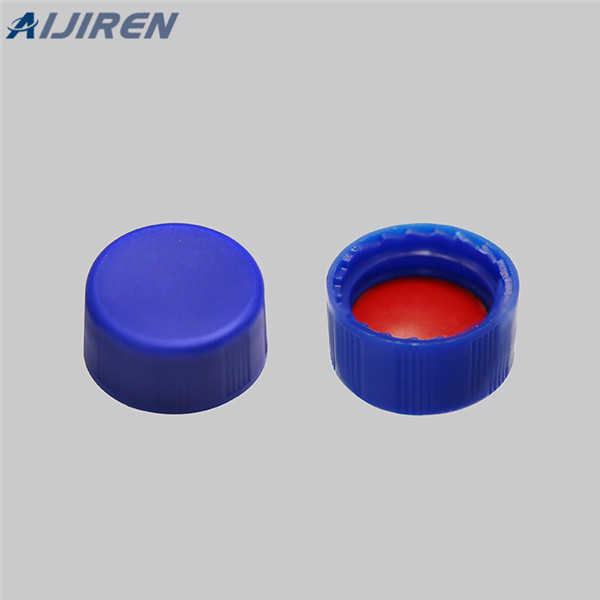Choosing septa for analytical columns
-
Aijiren Analytical Direct 1-800-227-9770 (in the U.S. and Canada) Cool On-Column Inlet Supplies Septum nut base for 320 mm assembly 19245-80521 1 q Septum nut base for 530 mm assembly G1545-80520 1 q Spring 19245-60760 1 q Inserts For 200 µm columns, 1 ring 19245-20510 5 q For 250 µm columns, 6 rings 19245-20515 5 q For 320 µm columns, 5
-
injection methods. PTFE septa are rarely used for GC applications. Polyethylene (PE) Septa and Integral Molded Closures Chemically resistant polyethylene septa are usually molded into single-piece caps. The surface for needle penetration is 0.01" thick, allowing for use with most HPLC autosamplers. Polyethylene septa are not resealable and are
-
Mar 31, 2022 · A Quick Guideline for Choosing the Right Septa. You must consider many criteria to choose the right type of septa for your research. For example, you must have the right kind of solvent or sample. Apart from that, you have to choose between slit or non-slit design and the capacity to reseal.
-
These columns are manufactured to deliver high resolution, great analyte response, low bleed, and long column life, thereby allowing analysts to achieve the analytical performance they require. The easy-to-read phase selection charts on the next several pages are conveniently arranged by industry to simplify the process of selecting the proper
-
Use the simple online Thermo Scientific SureSTART Selection Guideto find the right septa and vial for your analysis. Thermo Scientific SureSTART Selection Guide. Answer a few simple questions and our SureSTART Selection Guide will recommend the best septa, cap, and vial for your workflow.
-
Jun 16, 2020 · Abstract. The most utilized of all the chromatographic techniques is gas chromatography. This technique gives good precision and accuracy. Essentially a gas chromatography separates of a gaseous
-
Standard chromatography vial sizes include 8 x 40mm, 12 x 32mm, and 15 x 45mm. Robotic Arm Machines (R.A.M.) use a non-standard 9mm vial with a magnetic cap. For autosamplers, choose a vial designed for that specific brand. Inserts can be used to decrease the capacity of the vial while maintaining the exterior dimensions.
-
Contamination on guard or analytical column inlet. Partially blocked frit. Small (uneven) void at column inlet. Sample solvent incompatible with mobile phase. Remove guard column (if present) and attempt analysis. Replace guard column if necessary. If analytical column is obstructed, reverse and flush. If problem persists, column may be clogged
-
Packed columns Can be used with 0.53 mm , or 0.32 mm ID columns when high flows ~10 mL/min are used When column dimensions are not defined, the inlet functions in a ‘flow’ mode Packed columns best run in flow mode, capillary columns preferred to run in pressure mode.
-
Column tag contains useful information Column plug holds column ends together and protects against contamination. To put the column in storage, use this plug again or a piece of septa over the ends of the column.
-
Apr 10, 2013 · The sample is introduced then flows through the guard and into the analytical ion-exchange columns where the ion-exchange separation occurs. After separation, the suppressor reduces the conductivity of the eluent and increases the conductivity of the analytes so they are delivered to the detector.
-
Oct 13, 2016 · Waters recommends storing used columns in 100% acetonitrile and avoiding long-term storage in buffered eluents. If the column was used with buffered mobile phase, it is recommended that the column be flushed with HPLC grade water followed by 100% acetonitrile. Failure to flush with water may cause the mobile phase buffers to precipitate within
-
Microsep® Septa F-138-General Purpose; Low Temp Use. Microsep® Septa F-138 is made of a special silicone rubber forulation with a PTFE backing. It is pre-treated by washing in distilled water, then baking under vacuum at 200°C. Off-white colour. The septa stabilize rapidly after installation to minimize septum bleed.
-
inserting the column end into a septum or by fusing the end and covering with a metal cap as shown in Figure 1. The purpose of this is to make an air-tight seal at both ends of the column, preventing air or moisture from the atmosphere from entering the column. If air or moisture are able to enter the column, oxidation of the stationary
-
Headspace Caps and Septa Choose the right septa for your analysis. Although a wide variety of septa is chemical compatibility and temperature are the most critical to the analysis. Temperature applies not only to the vial, but also to the temperature of the instrument’s needle used for pressurization and sample transfer, which is
you can contact us in the following ways.

